My aunt Lisa is the first female scientist I ever knew, the only one I knew for years. One of my mother’s eight siblings, she is an ornithologist who has had research gigs at Point Reyes and Mono Lake, among others, and leads private birding tours on the California coast. I come from a large family that trends conservative, often overtly suspicious of environmentalists, and while Aunt Lisa prefers birding to debating her ecological convictions, her whole life is, to me, a statement. She helped me realize that a career could be as much a form of activism as a protest march, and after that, I started to see activism everywhere—in caregiving, in gardens, in cooking, in fashion choices.
For me, the challenge of this small-scale, hyper-local activism is believing it can deliver the global systemic changes we need before it is too late. In my collection, Site Fidelity, the characters face environmental catastrophe and economic injustice—some take direct action, some work for change through their careers, some through the ways they care for the members of their families and communities—but they are also forced to grapple with what, if anything, their actions achieve. When a Catholic nun pours bleach into a bulldozer’s oil pan on a fracking site, nothing happens—no public criminal report, no visible work stoppage. A woman converts an old quarry to an urban natural area only to see it destroyed by a flood. A scientist dumps a rancher’s diesel fuel to prevent him from burning a Gunnison sage grouse breeding lek, knowing full well the cans can be easily refilled.
I don’t always feel particularly hopeful about our collective ability to solve climate change, or even the efficacy of my own attempts at activism, but the idea that people all over the world are engaging in small acts of resistance every day buoys me. Aunt Lisa had no intention of being any kind of role model. And yet.
Here are nine novels about activism of all kinds, all written by women:
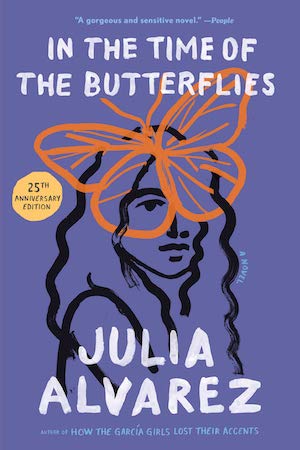
In the Time of the Butterflies by Julia Alvarez
Based on the true story of the Mirabal sisters, known as Las Mariposas, this heartbreaking book explores the costs of living under and resisting a repressive dictatorship while also bringing the sisters, its heroines, fully to life. The women fall in love, pursue education, bear children, and try to live fearlessly in a world of torture, disappearances, and political murders. Alvarez writes their courage and ferocity as well as their vulnerability and their fears.
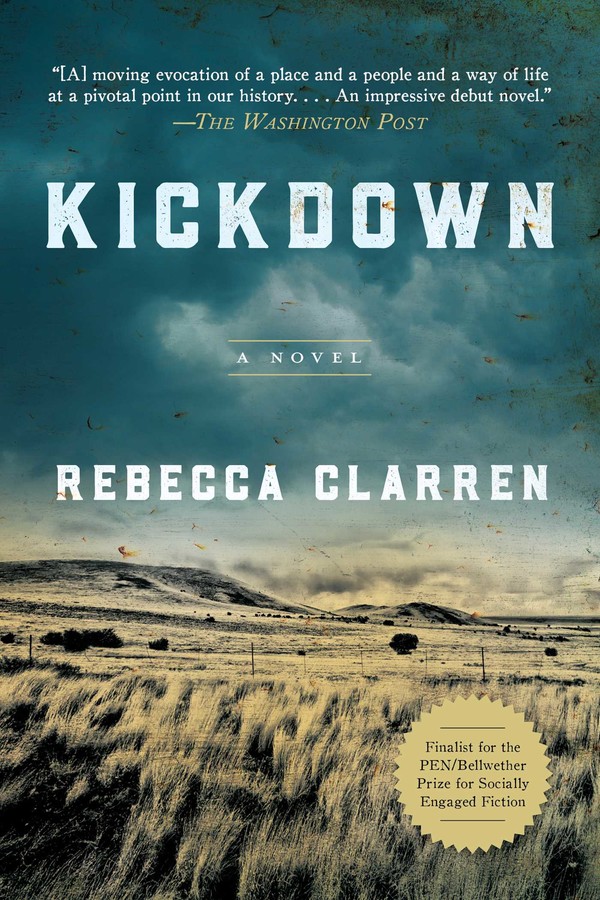
Kickdown by Rebecca Clarren
The Dunbar sisters—already struggling to manage their family’s western Colorado ranch after the death of their father—begin to suspect that an accident at a nearby natural gas well is causing their neighbors’ animals to miscarry and has possibly poisoned the stream that runs through their own ranch. The sisters, each facing their own life challenges, work to overcome their own disagreements about how to proceed in the face of a community divided over the ecological costs and perceived economic benefits of natural gas development.
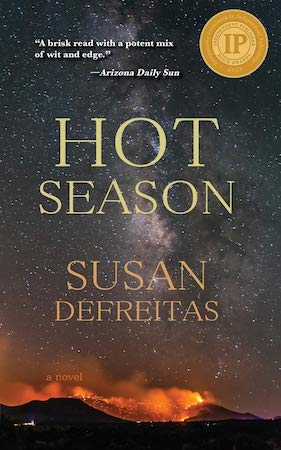
Hot Season by Susan DeFreitas
Set at a small college in Arizona known for its radical environmental politics, Hot Season follows four young women involved to various degrees in a local dispute surrounding water rights for a local housing development in the post-9/11 era. With beautiful, thorough descriptions of desert riparian ecosystems and rich explorations of female friendship and rivalries, Hot Season explores activism as a complicated source of youthful idealism and identity construction.
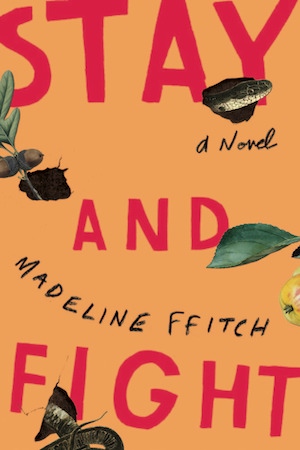
Stay and Fight by Madeline ffitch
When Helen invites Karen and Lily and their son Perley to live on her small acreage in Appalachia, they become a tight family that includes their neighbor, Rudy, who establishes a fruit tree nursery on an oil and gas pipeline easement along the property’s edge. The women’s self-sufficiency and willingness to live outside the demands of modern capitalism is activism in its own right, and while the novel explores the ways society suspects and punishes poverty and refuses to stand up against extraction mentalities, it’s the intelligence and warmth of the characters that makes this an unforgettable story.
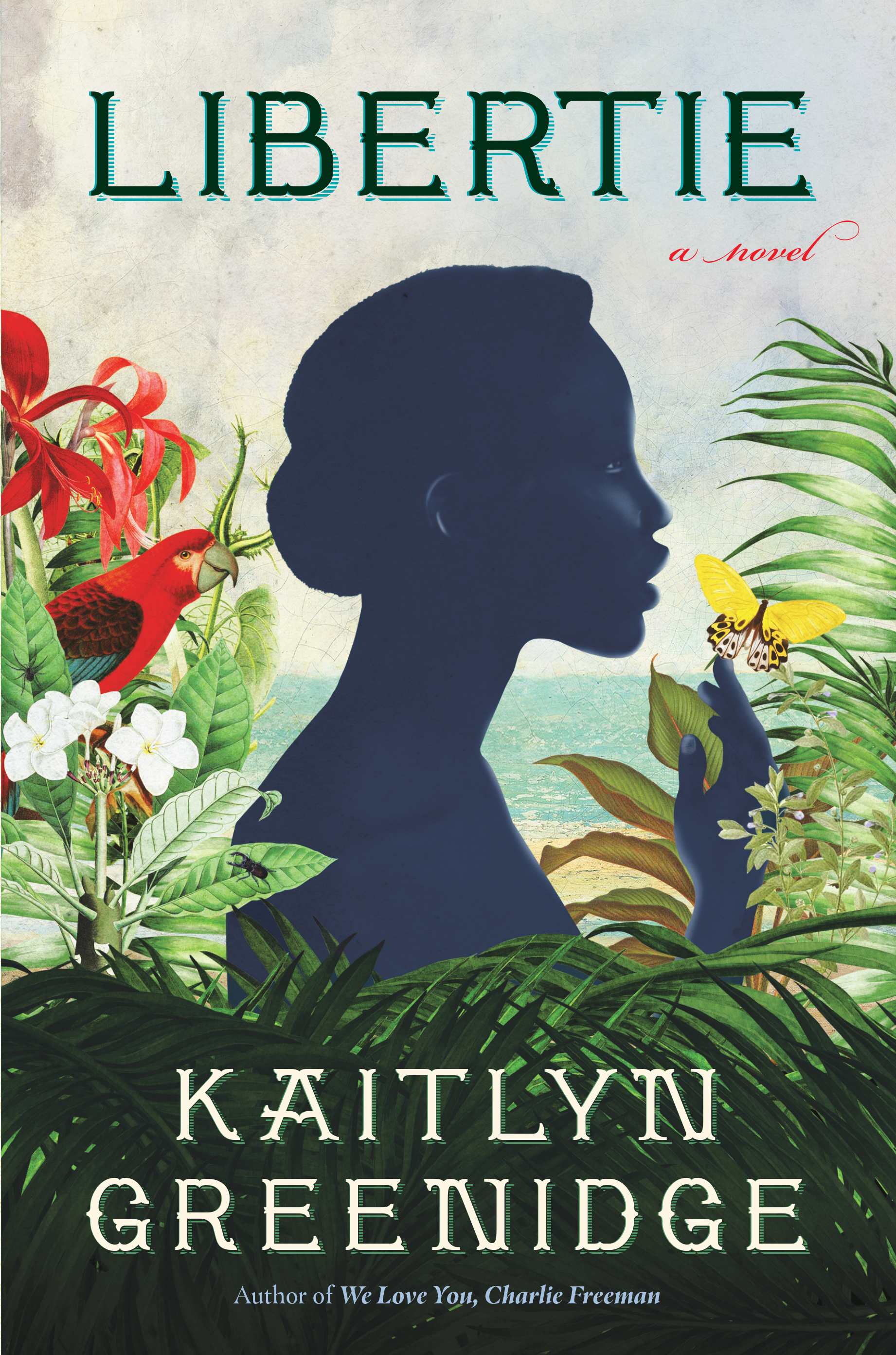
Libertie by Kaitlyn Greenidge
The fictional character of Libertie’s mother, Cathy, is based on the first real-life Black female doctor in New York State, and while activism is only one of the finely woven threads in this beautiful story, it is one source of the conflict between mother and daughter that frame the book. Cathy is a nuanced and complicated character—her efforts to heal the people who need her sometimes fail, and the compromises she makes to keep the operation running alienate other members of her community and Libertie herself. The exploration of intergenerational expectations and misunderstandings about what it means to be responsible to one’s self and one’s community is especially brutal and brilliant.
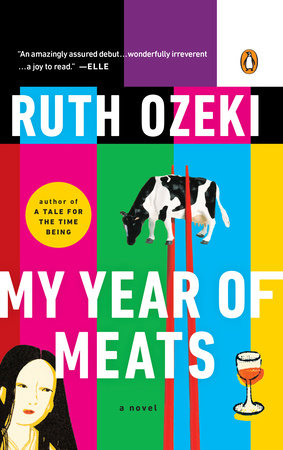
My Year of Meats by Ruth Ozeki
Desperate for a job, Jane begins producing a show called My American Wife! that exists to promote American meat exports to Japanese housewives. As she travels across the country for the features and interviews, Jane, increasingly disturbed by the impact of meat production, secretly begins to film the darker side of the industry. Meanwhile, in Japan, Akiko’s abusive husband orders her to cook and eat every recipe in Jane’s show to increase their chances of conceiving a child. The women’s stories converge at the end of the book in complicated and satisfying ways.

Women Talking by Miriam Toews
A group of Mennonite women meets in the aftermath of unspeakable violence—the men in their remote village have been drugging, torturing, and molesting them—to decide whether to take action, and what such action might look like given their linguistic and cultural isolation from the world around them. The women contemplate and discuss the requirements of their faith, their responsibilities to their own bodies and souls and to those of their daughters and their sons, the limits of forgiveness, and the possibilities of peace after such horrors. The book highlights the women’s sorrow and rage and, most memorably, their compassion, as they seek to change their community.

Drive Your Plow Over the Bones of the Dead by Olga Tokarczuk
When a series of deaths occur in the rural Polish village where she lives, Janina Duszejko is convinced that the wild animals in the area have turned to murder as revenge against the local hunters. Her efforts to convince her neighbors, friends, and most memorably, the local police force to take her theory seriously explores the violence that results from humanity’s belief in its superiority to animal life, the ways religion and cultural conservativism are barriers to any real questioning of this hierarchy. This is more often classified as a literary crime novel, but Janina’s actions throughout the book are rooted, like all activism, in her conviction that change is necessary for a just society.
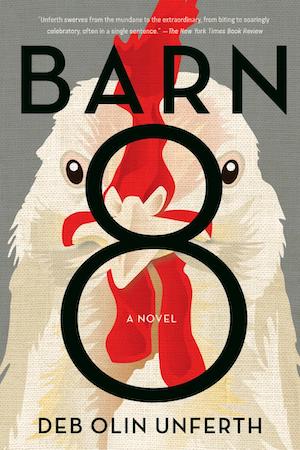
Barn 8 by Deb Olin Unferth
Barn 8 is a novel about a direct-action protest in which a group of activists—including Janey and Cleveland, both auditors for the American egg industry—try to liberate all of the chickens on a single egg farm in one night. The story is told by a variety of narrators, some central to the plot, some more peripheral, allowing a wide range of perspectives and judgments including those of the chickens themselves, whose consciousness and eventual transformation outlasts the human fallibility the botched heist reveals.
The post 9 Novels About Women Fighting for a Just Society appeared first on Electric Literature.










